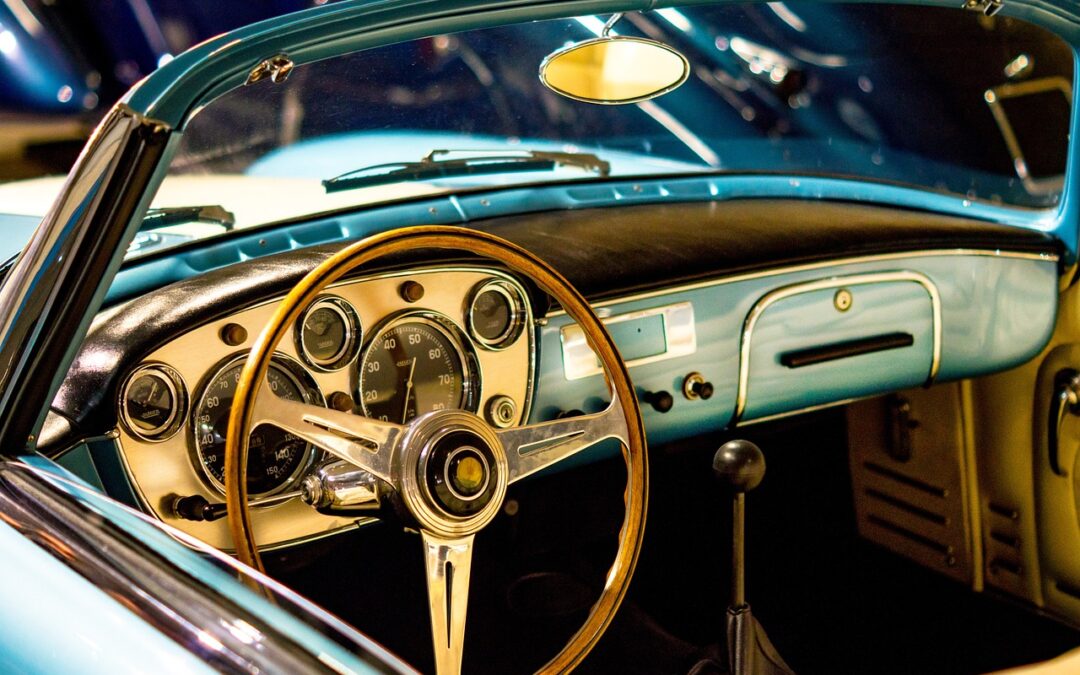
Seasonal Storage Solutions: How to Properly Store Your Thunderbird During Off-Season
Storing your classic Ford Thunderbird during the off-season is crucial to maintaining its condition and ensuring it remains a prized asset for years to come. Proper storage involves more than just parking your car in a garage; it requires thoughtful preparation to protect it from the elements, deter deterioration, and keep mechanical issues at bay. Here’s a comprehensive guide to help you store your vintage Thunderbird safely during the off-season, with recommended resources for further information.
Preparing Your Thunderbird for Storage
1. Clean Thoroughly: Before you store your Thunderbird, give it a thorough clean, both inside and out. Wash the exterior to remove any dirt, salts, or chemicals that could corrode the paint or metal. Clean the interior well to avoid any organic materials left inside that could decay or attract pests. Apply a coat of wax to protect the paint job.
Recommended Product:
- Meguiar’s Ultimate Wash & Wax (www.meguiars.com)
2. Change the Oil and Filter: Old oil can contain contaminants that may cause damage if left to sit in the engine for months. Changing the oil and filter prior to storage helps prevent any potential issues.
3. Top Up Fluids and Prevent Freeze Damage: Ensure that all fluids are topped up, particularly antifreeze to prevent any freezing and cracking in the cooling system. Check the levels of brake fluid, transmission fluid, and power steering fluid.
4. Protect the Fuel System: Fill up the gas tank to prevent moisture from accumulating inside the tank and causing rust. Adding a fuel stabilizer can also prevent the gasoline from deteriorating, which can cause issues when you bring the car out of storage.
Recommended Product:
- Sta-Bil Storage Fuel Stabilizer (www.goldeagle.com)
5. Battery Maintenance: Remove the battery and store it in a cool, dry place. If possible, connect it to a battery maintainer to keep it charged without overcharging, which can extend the battery’s life.
Recommended Product:
- Battery Tender Plus Charger (www.batterytender.com)
6. Take Care of Tires: To prevent flat spots on tires, inflate them to the recommended pressure plus an additional 10 psi. Consider placing your Thunderbird on jack stands to take the weight off the tires and suspension.
7. Rodent and Pest Prevention: Plug any openings (exhaust, air intake) where mice or other small rodents could enter. Use steel wool or aluminum mesh, and check for gaps that need sealing.
8. Use a Car Cover: Even inside a garage, dust and dirt can accumulate on your vehicle. Use a breathable car cover to protect the paintwork and keep the car clean while allowing moisture to escape.
Recommended Product:
- Classic Accessories OverDrive PolyPro (www.classicaccessories.com)
Choosing the Right Storage Location
1. Indoor Storage: An indoor garage is ideal because it protects your Thunderbird from the elements. Ensure the space is dry and well-ventilated to prevent dampness from causing rust or mold.
2. Climate-Controlled Facility: If you don’t have access to a garage, consider renting a space in a climate-controlled vehicle storage facility. These facilities maintain a constant temperature and humidity level, which can be ideal for classic cars.
Recommended Website:
- SpareFoot Storage Finder (www.sparefoot.com): Find climate-controlled storage facilities near you.
Monitoring and Maintenance During Storage
Check on your Thunderbird periodically during storage. Look for any signs of fluid leaks, pest intrusion, or tire deflation. Run the engine every few weeks if possible to circulate fluids and keep the engine in good condition. However, ensure you do this in a well-ventilated area or move the car outside briefly to prevent exhaust build-up.
Additional Resources
- Hagerty (www.hagerty.com): Provides tips and products specifically for classic car owners.
- The Classic Car Restoration Guide (www.amazon.com): Offers detailed advice on maintaining and storing classic vehicles.
Conclusion
Storing your Ford Thunderbird properly during the off-season is key to preserving its mechanical integrity and aesthetic appeal. By following these detailed steps and utilizing recommended products, you ensure that your vintage car remains in pristine condition, ready for the roads when spring arrives. Remember, the effort you put into proper storage will reflect in the longevity and performance of your classic Thunderbird.





